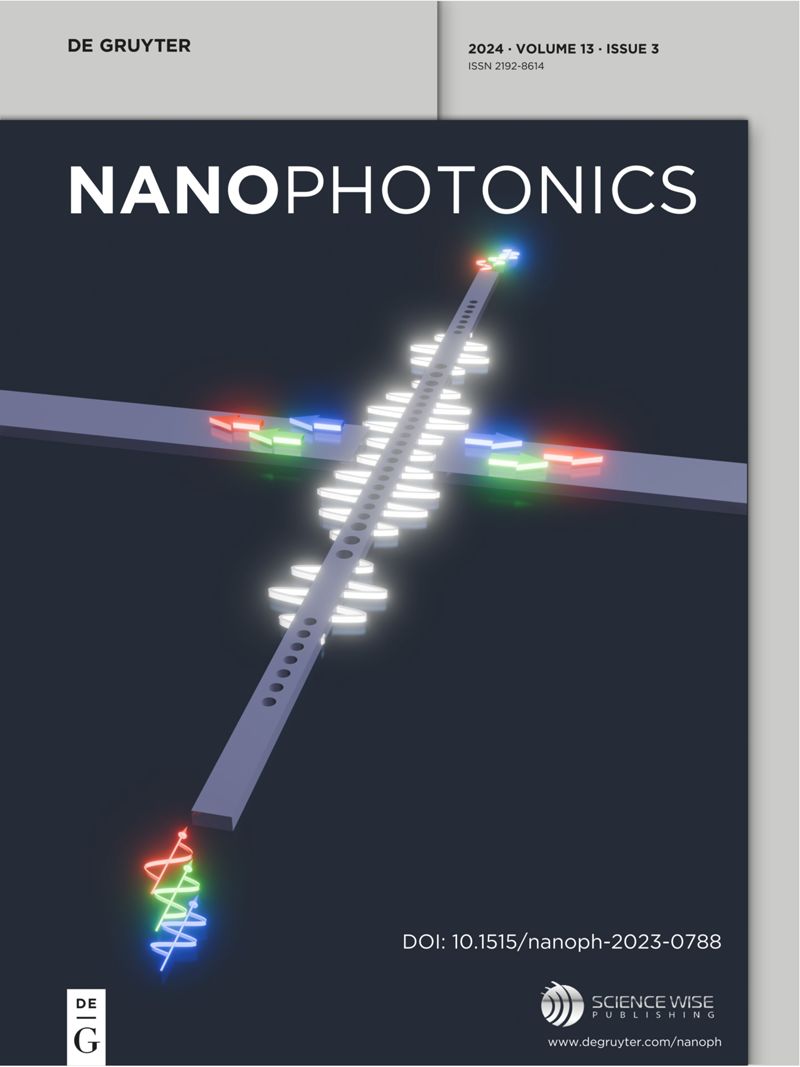Customizing the electric field of metalens with high degrees of freedom based on neural network
IF 6.5
2区 物理与天体物理
Q1 MATERIALS SCIENCE, MULTIDISCIPLINARY
引用次数: 0
Abstract
The metasurfaces are able to flexibly control electromagnetic waves. However, their design necessitates strict phase matching, which requires high computational load, and its control method has low flexibility. This paper proposes a novel method for the customization of the electric field of metalens with high degrees of freedom based on an improved Pixel Generative Adversarial Network (I-pixGAN). This I-pixGAN can design the phase distribution of the metalens according to the customized target electric field, and the constructed metalens based on this phase can modulate the target electric field. The results show that the proposed I-pixGAN can arbitrarily control the position of the focus in three-dimensional space, where the focus position is offset within one wavelength. Therefore, it is not need to strictly follow the electric field distribution characteristics, and it can flexibly construct unknown electric field, realizing a highly free electric field customization method in three-dimensional space, providing a new way for electric field operation. This paper promotes the development of electric focusing systems, not only improving focusing accuracy but also enhancing system flexibility and promoting the automation and intelligence of optical and terahertz systems.求助全文
约1分钟内获得全文
求助全文
来源期刊

Nanophotonics
NANOSCIENCE & NANOTECHNOLOGY-MATERIALS SCIENCE, MULTIDISCIPLINARY
CiteScore
13.50
自引率
6.70%
发文量
358
审稿时长
7 weeks
期刊介绍:
Nanophotonics, published in collaboration with Sciencewise, is a prestigious journal that showcases recent international research results, notable advancements in the field, and innovative applications. It is regarded as one of the leading publications in the realm of nanophotonics and encompasses a range of article types including research articles, selectively invited reviews, letters, and perspectives.
The journal specifically delves into the study of photon interaction with nano-structures, such as carbon nano-tubes, nano metal particles, nano crystals, semiconductor nano dots, photonic crystals, tissue, and DNA. It offers comprehensive coverage of the most up-to-date discoveries, making it an essential resource for physicists, engineers, and material scientists.
 求助内容:
求助内容: 应助结果提醒方式:
应助结果提醒方式:


